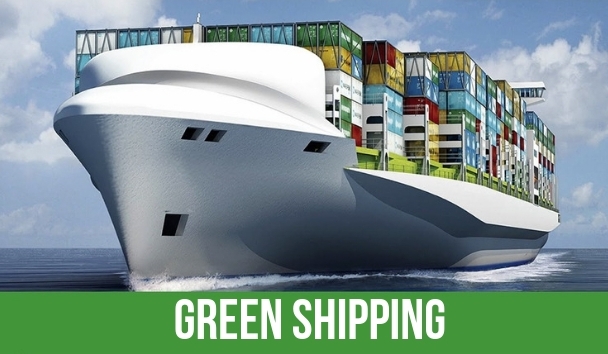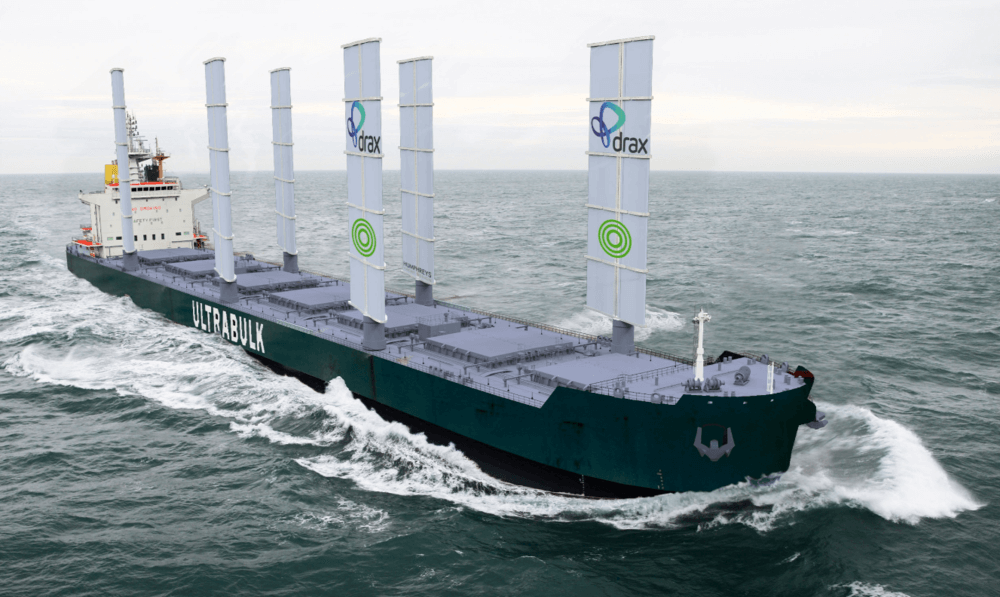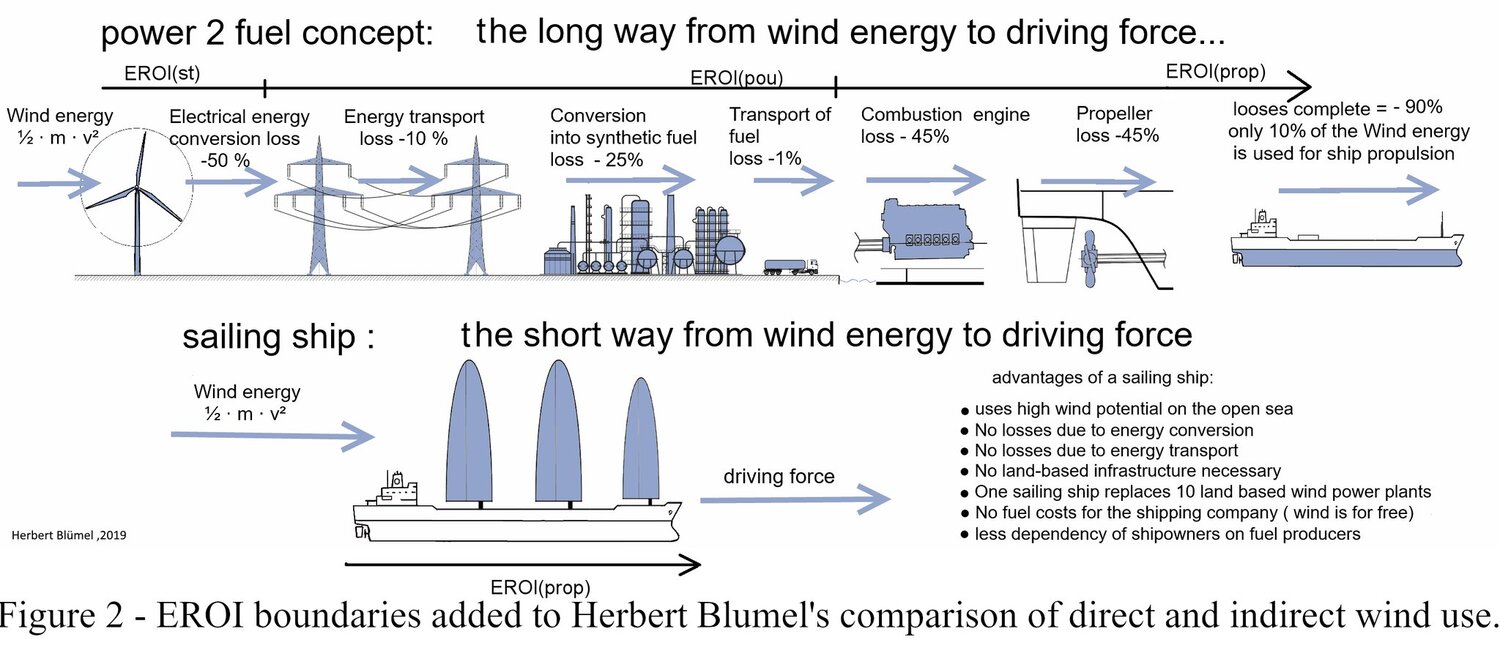- The supply of VLSFO has proven more than adequate amid COVID-19.
- Call on marine gasoil (MGO) as an expensive alternative has been less than expected.
- Refiners have adjusted their crude sales and changed their blend component pools.
- The use of marine gasoil in engines has not increased as rapidly.
- This is attributed to the fact that ship engineers think in terms of volume rather than the energy content.
- Competition for low sulphur heavy gasoil and waxy streams has increased.
- The price of solar and wind continues to decrease steadily with increase in battery storage technology.
- The cost of hydrogen production is plummeting due to a likely surge in the availability of cheap renewable power.
According to an article published in The Manifold Times and Petroleum-Economist, the new rules on the sulphur content of shipping fuels came into force this year. This article revisits 2018 predictions to see what turned out as expected and what surprised.
Demand weakens due to COVID-19
It is easy to forget that, pre-COVID, new International Maritime Organization (IMO) 2020 regulations reducing the maximum sulphur content in much of the world’s bunker fuels from 3.5pc to 0.5pc were expected to be one of the dominant narratives in the year’s oil price dynamics.
The demand hit in the wake of pandemic’s global restrictions has, as well as eclipsing IMO 2020’s significance, also dampened its impact, as anticipated pressure on supply has been greatly reduced. Nonetheless, the effects are being felt—if more in the background than might have been expected.
Story so far
Among the most notable observations as yet, the supply of very low sulphur fuel oil (VLSFO) has proven more than adequate, while the call on marine gasoil (MGO) as an expensive alternative has been less than expected.
Refiners have adjusted their crude sales and changed their blend component pools. And many have strengthened their direct position in the bunkering markets with their own—sometimes proprietary—blends of VLSFO.
The use of marine gasoil in engines has not increased as rapidly as we thought, perhaps as ship engineers still think in terms of volume rather than the energy content.
Competition for low sulphur heavy gasoil and waxy streams has increased, which has generated a revival in hydroskimming economics. And low sulphur vacuum gasoil (LSVGO) has become a reference both for cracker feedstock pricing and for bunker economics.
Supply of alternative fuels
Supply of other alternative fuels continues to be developed, most notably LNG—the fastest-growing and most scalable—with supply infrastructure expanding steadily. But these fuels, which also include methanol and ammonia, will act chiefly to achieve the targets set out in the IMO 2050 decarbonization agenda
On the other hand, scrubbing economics continues to hang in the balance. It is our expectation that scrubbing as a technology will be no more than a short-term solution, as shipowners switch to cleaner fuel alternatives.
Channoil revisited some work it did in 2018 on potential IMO 2020 impacts and looked in some depth at what it got right and wrong on the potential implications for various types of stakeholders compared with what we have seen so far (see Figs. 1-4).
Moving forward
Less than eight months in, and a highly unusual eight months at that, the IMO 2020 story is far from over. We must also look ahead to what might happen next. The outlook for fuels and distillate prices is confused due to a number of ‘known unknowns’, including:
- Uptake of renewable fuels
- Uptake of electric cars and their impact on power generation
- The potential impact of carbon capture and storage
- Growth in coker investments
- Growth in LNG/LPG/methanol as bunker fuels
- Impact of incompatibility within new blended fuels
- Potential for cheaper scrubber technology
- Other technological breakthroughs
- A realistic price setting for carbon emissions.
Observations to be made on uncertainties
But there are certain observations we can offer on some of these uncertainties. For one, the price of solar and wind continues to decrease steadily. Coupled with the increase in battery storage technology, this has put the renewable argument to the fore. The cost of hydrogen production is also plummeting and—due to a likely surge in the availability of cheap renewable power—electrolysis is making hydrogen power a realistic contender for the fuel crown.
Forecast growth of electric and hybrid cars also continues to push further upwards. The effect of 1mn electric cars—assumed by 2035—is to reduce crude oil demand by 1mn bl/d. But we are conscious of the fact that, in developed economies, carpools are rotated every seven years. If the fashion for electric cars accelerates, then that timeframe could get rapidly shorter.
Policy goals to reduce diesel cars
European governments, for example, those of France and the UK, have also set policy goals to reduce the number of diesel cars. A big reduction in diesel engines will have an immediate effect on the price of the middle distillate. If coker investments carry on, then it is possible to imagine a scenario where the differential between diesel and HFO will narrow.
The use of marine gasoil (MGO) in engines has not increased as rapidly as we thought, perhaps as ship engineers still think in terms of volume ($/t) rather than energy content ($/mn Btu). There is also a lubricity argument in favor of higher viscosity fuels, while low viscosity MGO needs cooling before it enters the engine and thus, if VLSFO is available, it is more ‘engineer acceptable’. But the question will arise again once NOx and PMO specifications are tightened further.

Reflections on regulations and other unforeseen market dynamics in 2020
Søren Høll, CEO at International bunker trading firm KPI OceanConnect, on Tuesday (18 August) published an article sharing his reflections on regulations and other unforeseen market dynamics in 2020 have disrupted the bunker fuel market and outlines the relevance of his company’s role in weathering these forces:
IMO 2020, or ‘MARPOL Annex VI, regulation 14’ as it was less memorably known back when we started preparing for it in 2018, was always going to bring huge changes for shipping.
For some people, it was even going to be as substantial as ships’ switch from coal to oil in the early 20th century. Those predictions have fortunately proven to be unfounded so far, but there hasn’t been any shortage of challenges for our industry in the wake of IMO 2020’s arrival.
Mergers for expansion
During the last few weeks as we’ve been concluding our merger with OceanConnect and I’ve had a chance to reflect on how far we’ve come this year.
- It’s easy to forget that crude prices started to slide not only because of Covid-19 in February and March but also due to disagreements within OPEC+ about how much oil they should produce. Covid-19 has reduced demand for oil and created a huge glut of both crude and refined products. Even if a vaccine emerges soon, we’re unlikely to see this oversupply abate entirely; not least because countries like Venezuela, Libya, and Iran with huge crude reserves are currently ‘offline.’
- At times in January, it looked as though shipowners who’d invested in scrubbers for their fleets could see payback periods of less than two years in some cases. By March, however, the spread between 3.5% HSFO and 0.5% VLSFO dropped to as low as $40 a tonne from over $300, and payback periods are now commonly assumed to be at least four or five years. We’re unlikely to see sustained interest for retrofitting scrubbers as long as the spread remains low. On new builds, I’m slightly more optimistic about positive economics.
- By common estimates, the three biggest cruise lines, Carnival, Norwegian, and RCCL together on average consumed about half a million tons of bunkers each month in 2019. For context, that’s more than 10% greater than total fuel sales of Panama registered by the AMP. Especially for physical suppliers in cruise hotspots like the Caribbean, which supports about a third of global cruise voyages, bunker demand is unlikely to return in full before 2022 at the earliest.
- The bunker price volatility we’ve seen this year – and in many previous years – is a textbook example of why it pays to consult with your marine fuel supplier to help manage this risk. I was talking to a longstanding client last week, and for her, there are three big advantages to be gained from hedging and risk management: Reduced volatility reduces the cost of capital; knowing there will be no abrupt cost increases means that they can more easily plan ahead, and by smoothing out revenue and expenses they know they won’t need to borrow on unfavorable terms because they’ve got good liquidity.
- The merging of KPI Bridge Oil and OceanConnect brings together a wealth of knowledge and expertise, new ideas and ways of thinking, and a renewed energy to a changing marketplace. There’s no shortage of challenges ahead for the shipping or bunkering markets, but I’m very optimistic about the company we’re building and the value we can provide.
Did you subscribe to our daily newsletter?
It’s Free! Click here to Subscribe!
Source: Petroleum-Economist & ManifoldTimes









